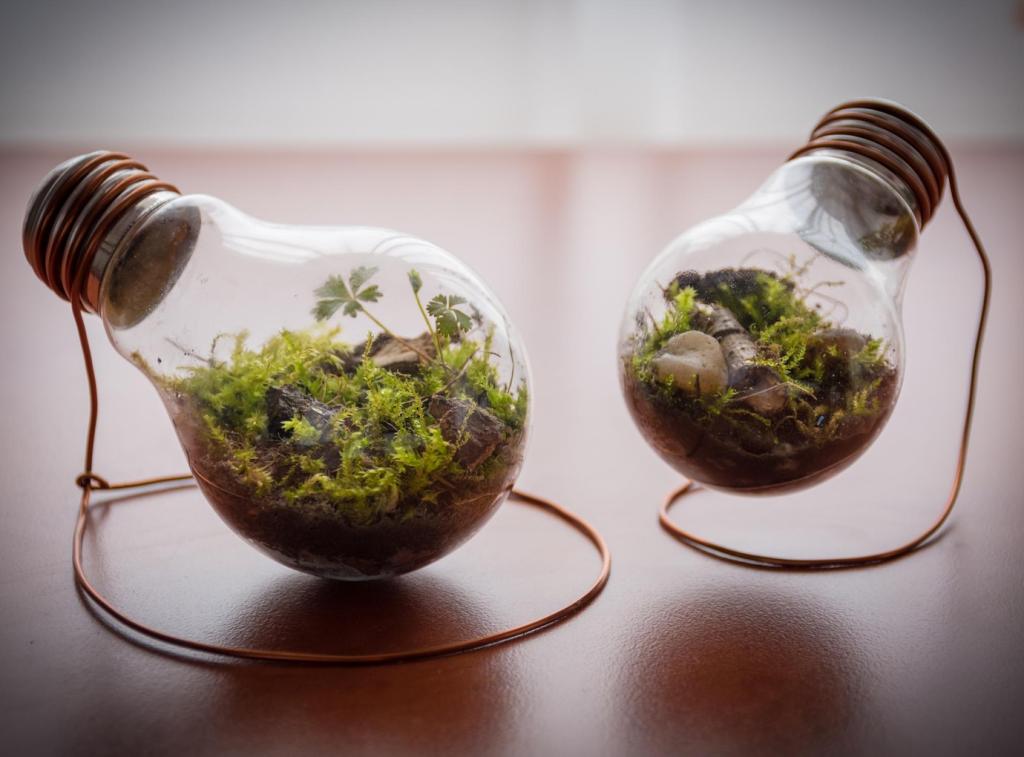Material Spotlight: Bamboo, Cork, and Reclaimed Wood
Fast-growing and remarkably strong, bamboo suits floors, cabinets, and millwork. Its tight grain reads modern, while strand-woven options deliver durability for busy households with pets, kids, and the occasional dance party in the kitchen.
Material Spotlight: Bamboo, Cork, and Reclaimed Wood
Harvested from bark without felling trees, cork brings gentle resilience underfoot and superior sound absorption. It shines in bedrooms and studios, softening footsteps while adding organic pattern that pairs beautifully with minimalist furniture.







